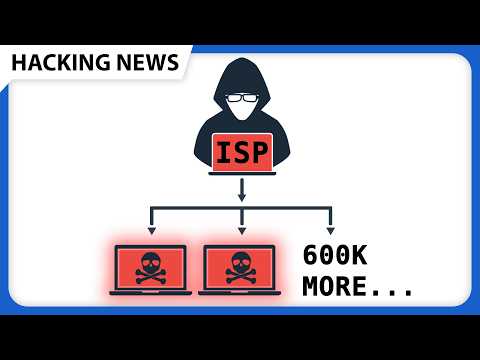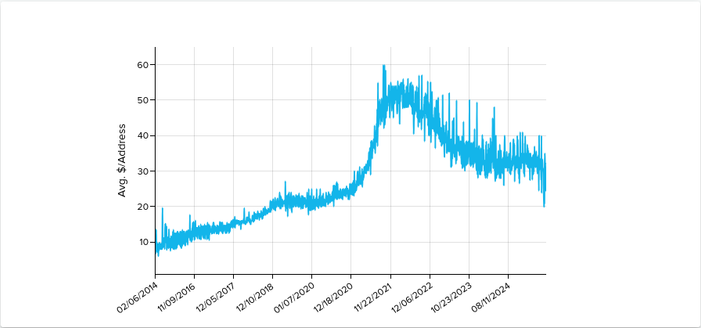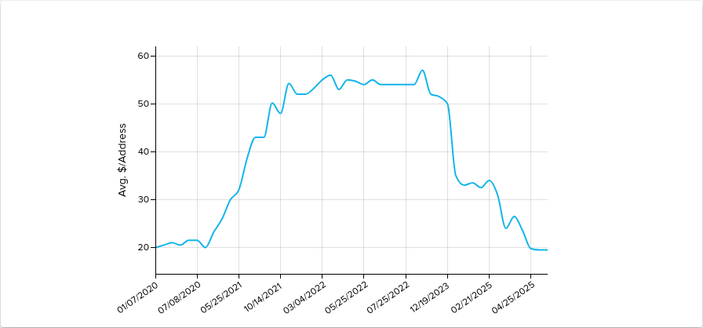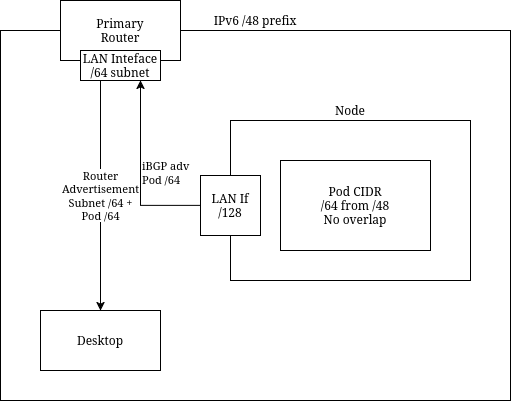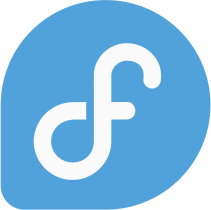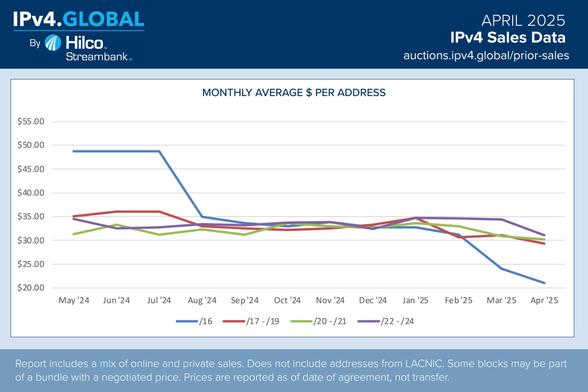Recent searches
Search options
#ipv6
@destiny yes, but that deoends on your ISP, Internet Setup, Firewall and how shoved your NAT table is.
If you have proper Dual-Stack (static #IPv4 + #IPv6 /64 subnet) then you should be able to get that.
If you have #IPv4only and/or #CGNAT then this will throttle you just like when you have an #ISP that doesn't properly #peer or even acts as #racketeer towards other providers and sabotages #P2P like #KT from #SouthKorea.
I was able to max oit the wifi at my university for downloads in the past...
now also available in English:
IPv4 address block prices continue to fall
https://www.sidn.nl/en/news-and-blogs/ipv4-address-block-prices-continue-to-fall
Having been roughly 35 dollars per address a year ago, the going rate has dropped towards the 30-dollar mark. For the biggest address blocks, the price drop has been quite dramatic: from nearly 50 dollars per address for a /16 block a year ago to little more than 20 dollars now. So those blocks have lost more than half their value in the space of a year.
I'm probably going to just look up videos about #IPv6 and see if I can find any good audio/visual lectures about it, but links to more resources are deffo welcome.
I've already found a youtube channel that has a whole catalog of videos about a whole lot of #homelab relevant topics made by someone who's just FAFO'ing and sharing what he FO'd, which is kind of a pleasant surprise! And he has a couple of videos about IPv6.
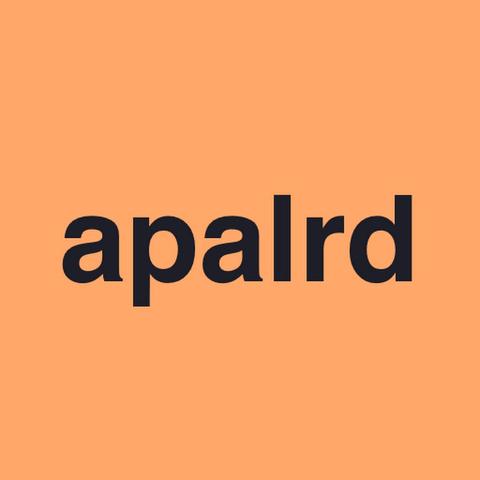
Blegh.
I remember being explained to me once before how #IPv6 SLAAC works, but I've since forgotten and I'm too NAT-pilled by IPv4 to be able to grok it on my own.
It also kind of makes my few privacy nerves itch to think that systems in an IPv6 #network just have public IPs by default instead of tucking them away privately behind a gateway with NAT. >.>
But at the same time, having a public IP by default would make spinning up self-hosted servers easy peasy, lemon squeezy.
We couldn't believe it at first, but one of the most common numbers guessed about the #IPv6 adoption among logged-in users is 42%. We assume that many users took this number as a joke. But in all seriousness: it is correct! (It is exactly 42.0095476% higher than that of our largest competitor #GitHub )
We boosted the first post with that guess, but feel free to browse all the other awesome project recommendations made in this thread, too!
(Context on the number 42: https://en.wikipedia.org/wiki/Phrases_from_The_Hitchhiker%27s_Guide_to_the_Galaxy#The_Answer_to_the_Ultimate_Question_of_Life,_the_Universe,_and_Everything_is_42 )
Does this make sense? Like would an IPv6 Router Advertisement contain essentially other internal gateways on the layer 3 network?
I'm thinking that not all clients should have to run BGP and peer just to get the gateways to the other subnets.
Looks like there's no way to wire up FRR to the RA options in OPNsense, and I'm not sure RAs support this (though it seems logical).
For ~7 Months now, my Git-Server (Forgejo) had an invalid A entry in the DNS.
The result was, that it was only reachable via IPv6 (The AAAA record was correct.)
The only two situations, where I noticed that, were on the WiFi of German railway (WifiOnIce) and two Hotel Wifi Networks. But that was easily solvable with a RoadWarrior VPN to get modern IP conenctivity.
My home-internet and my two mobile data plans, all have proper IPv6.
I'll now scrap the A entries entirely and save myself the 2€/month, Hetzner charges me for IPv4 and run that infrastructure v6-ONLY!
How much of Codeberg's logged-in users are connecting via #IPv6, in percent?
Send your guess as a comment and optionally include a link to your favourite project on Codeberg.
First closest guess will get boosted.
op SIDN.nl:
Prijzen IPv4-adresblokken blijven dalen -- IPv4 assets desondanks nog voldoende onderpand voor bedrijfsleningen
https://www.sidn.nl/nieuws-en-blogs/prijzen-ipv4-adresblokken-blijven-dalen
Waar een jaar geleden nog ongeveer 35 dollar per adres moest worden betaald, is dat bedrag inmiddels naar de 30 dollar gezakt. De prijsdaling voor de grootste IPv4-adresblokken is ronduit dramatisch te noemen: was de prijs per adres voor een /16-blok een jaar geleden nog bijna 50 dollar, inmiddels zit die prijs net boven de 20 dollar.
Jam-packed talk full of crazy stuff with IPv6 SRV.
I think I understood like maybe a half of it.
@heiseonline wenn IP Adressen als Eigentum angesehen würden und so Lu seine gekauften IPs aus Afrika auch in Asien vermieten könnte, hätte das doch auch folgende drei Nachteile:
A) verkompliziert das Routing, kein "Georouting" für die RIR Prefixe mehr? Längere Routen, höhere Latenzen? Oder mehr BGP overhead?
B) Preise für #IPv4 in Afrika steigen auf das Niveau in Asien, was sich viele in Afrika dann evtl. nicht mehr leisten können?
C) Man könnte #IPv6 jetzt günstig kaufen und rar/teuer machen?
I think I am the only #hamradio op on the planet who is using M17Gateway from MMDVM on an #IPv6 network. In the event I'm not, a heads up: M17HostsUpdate.sh in the repo downloads an M17Hosts.txt from dvref.com that contains only IPv4 addresses. If you want to connect to IPv6 enabled reflectors (24 of them at the time of this post), you'll need to write your own hosts file. Fear not, I've got you covered: https://git.home.nivex.net/nivex/M17Hosts
lol part of GitHub's infra's IPs routinely land on the malware lists my firewall uses so shit just breaks semi-randomly
Imagine being that big and not just having your own v6 prefix.
Ed: someone pointed out it's probably due to abuse of their CDN and GHA



